Understanding Quick Install Flood Barriers and Their Role in Modern Flood Control
What Are Quick-Install Flood Barriers and How Do They Differ from Traditional Methods?
Flood barriers that install quickly come in modular designs that can be reused multiple times when emergencies hit. Traditional sandbags require a lot of manpower and coordination between teams, while these newer options rely on interlocking panels or inflatable pieces that create watertight barriers surprisingly fast. Some recent research from 2023 showed just how much faster these systems work. They mentioned something about deploying 300 feet worth of barrier in less than an hour with only a few people involved. That's way better than what we see with regular sandbags which take anywhere from 8 to 12 hours to set up for similar lengths. Plus, since they're light weight and can adjust to all sorts of ground conditions, these barriers work great around important places like power stations and roadways where water damage could cause major problems.
The Growing Demand for Rapid Flood Response in Urban and Climate-Vulnerable Areas
According to the World Resources Institute report from 2023, about 58 percent of all flood damage worldwide actually happens right here in our cities. That's why local governments are starting to look for flood control options that can be implemented quickly and scaled up when needed. Think about those urban areas near rivers and coasts where people live packed together. When big storms hit or sea levels creep up, these places need protection systems that can go up fast before bad weather moves through. And things are getting worse too. The climate models show we could see almost twice as many flash floods by the middle of this century. Cities are beginning to realize they cant just react after disasters happen anymore. They have to start planning ahead if they want to protect their residents from what's coming down the road.
Key Applications of Flood Barrier Systems in Emergency Preparedness
-
Critical Infrastructure Protection: Deploying barriers around hospitals, data centers, and utility plants during forecasted storms
-
Transportation Network Resilience: Creating temporary dams along flood-prone highways or railway lines
-
Community-Level Defense: Rapidly sealing neighborhood entry points using <300-foot barrier segments
A 2022 analysis of 12 flood events revealed that municipalities using quick-install systems reduced property damage by 34% compared to regions relying on sandbags. Many modern systems also integrate IoT sensors for real-time monitoring, enabling emergency teams to reinforce vulnerable areas before breaches occur.
Effectiveness of Flood Barriers in Real-World Emergency Scenarios
Case Study: Deployment During the 2021 Germany Floods
In July 2021, the devastating floods hit Germany's Ahr Valley with water flowing at over 4,700 cubic meters per second, pushing temporary flood barriers to their breaking point. When looking at what actually worked, installations in business areas cut down structural damage by around 42% compared to places without any protection, as shown in reports from the Fraunhofer Institute for Building Physics after the disaster. But there were problems too. About 18% of these barriers didn't hold because they weren't properly anchored, which shows just how critical it is to have experienced teams on site when responding quickly to such emergencies. Proper training makes all the difference in these situations.
Performance Metrics in High-Flow and Prolonged Flood Conditions
Modern flood barriers maintain a 92% success rate in water flows ≥3 m/s (UNEP field tests, 2023), but effectiveness declines to 67% in sustained floods lasting over 72 hours. Key challenges include:
- Material fatigue in polymer-based systems
- Hydrostatic pressure buildup behind barriers
- Sediment infiltration at modular joints
A 2024 hydrodynamic study showed that barriers equipped with real-time monitoring sensors improved operational reliability by 31% in prolonged events by enabling timely adjustments.
Temporary vs. Permanent Flood Infrastructure: A Comparative Analysis
| Factor |
Temporary Barriers |
Permanent Structures |
| Deployment Time |
2–8 hours |
6–24 months |
| Cost per Linear Meter |
$180–$420 |
$3,800–$7,200 |
| Lifespan |
5–15 deployments |
30–50 years |
| Maintenance Needs |
Annual inspection |
Quarterly servicing |
Data sources: National Flood Barrier Database (2023), EPA Flood Control Economics Report (2022)
Balancing Short-Term Effectiveness with Long-Term Durability Concerns
Rapid deployment barriers can save cities around $740,000 worth of damage on each block when floods hit according to Ponemon's 2023 study. Still, nearly 6 out of 10 local government purchasing officers worry these barriers might not hold up through multiple flood events. Testing under accelerated conditions reveals something interesting too: after just five years spent in storage through different seasons, ultraviolet light actually cuts down the strength of polyethylene materials by almost 20%. The good news comes from newer hybrid systems that mix aluminum frames with replaceable plastic membranes. These combinations seem to fix most durability problems, solving roughly 8 out of 10 issues spotted in real world tests published last year in the ASCE Journal.
Technological Innovations Enhancing Flood Barrier Performance
Advanced Materials and Rapid Deployment Mechanisms in Modern Flood Barriers
Modern flood barriers now incorporate lightweight polyethylene composites along with self sealing membranes that can be deployed within 15 minutes flat, which represents about a 60 percent boost compared to previous versions. What makes these materials stand out is their ability to bend around rough terrain while still maintaining impressive tensile strength above 18 thousand pounds per square inch. This means installers get things set up quickly without compromising durability during storms. Another interesting development comes from hydrophobic concrete additives that actually push water away instead of merely holding it back, marking a significant step forward in flood protection technology.
Smart Integration: Sensors and Real-Time Monitoring for Proactive Flood Control
Modern flood defense systems are starting to include internet-connected pressure sensors along with prediction software, which turns fixed structures into something that can adapt as conditions change. According to the latest Flood Resilience Report from 2024, cities that implemented these smart technologies saw their emergency teams respond 40% faster because they could coordinate better with existing drainage infrastructure in real time. The artificial intelligence behind these systems looks at upcoming weather reports and past storm data to figure out where barriers should go for maximum protection. This creates something closer to living flood defenses rather than just passive walls waiting for water to hit them.
Modular Design, Reusability, and Scalability in Emergency Response Planning
When it comes to scaling these systems, standardized interlocking parts make expansion possible from just one building all the way up to whole neighborhoods without needing special engineering work each time. Municipalities testing out modular solutions have found something pretty impressive too. After several floods, they're getting around 85% reuse rate on their equipment while traditional sandbags basically get tossed after one use. The materials themselves help with storage issues as well. Most setups use lightweight aluminum frames combined with those foldable bladder sections. Amazingly enough, a full mile worth of flood barriers can actually fit into what's called a standard shipping container. That means cities struggling with limited storage space still stand a good chance at deploying effective protection when needed most.
Quick-Install Flood Barriers vs. Sandbags: A Practical Comparison
Deployment Speed, Labor Needs, and Resource Efficiency: Key Differences
Today's flood barriers need about 80 percent less staff compared to traditional sandbags. One small team can actually put up around 300 feet of barrier in just an hour, whereas it takes twelve people working together to manage only 90 feet worth of sandbags. When building a hundred foot long sandbag defense, workers have to haul in four thousand pounds of materials. But modern systems work differently. They come in ready made parts that get set up using whatever water or gravel is available on site. This cuts down on the massive amounts of resources needed for flood protection.
Field Evidence: Flood Barrier Systems Reduce Setup Time by Up to 70%
A 2023 emergency response analysis found that reusable barriers cut levee construction time from 8 hours to 2.5 hours in coastal simulations. Municipalities report 65–70% faster deployment during riverine flooding (NOAA 2024), a crucial advantage when water levels rise 6–12 inches per hour.
Environmental Impact and Post-Flood Cleanup Challenges
Each 100-foot sandbag barrier generates 18 tons of contaminated waste, requiring hazardous disposal at $740 per ton (EPA 2023). In contrast, polymeric flood barriers eliminate 93% of post-disaster debris through reusability, with 100% recyclable components—avoiding the environmental harm caused by non-degradable plastic liners left in waterways.
Public Perception and Trust: Overcoming Reliance on Familiar Sandbag Solutions
Despite 72% of emergency managers recognizing sandbags’ inefficiencies (FEMA 2023), 58% still stockpile them due to workforce familiarity. Pilot programs combining live deployment drills with cost-benefit demonstrations have shifted 40% of participating agencies toward adopting barrier-first strategies.
Cost-Effectiveness and Lifecycle Value of Reusable Flood Barrier Systems
Upfront Investment vs. Long-Term Savings in Flood Mitigation
Although reusable flood barriers require a 35–50% higher initial investment than sandbag setups, they deliver 60–80% lower total costs over ten years (CERCLOS 2023). This savings comes from up to 200 redeployments and significantly reduced labor needs, especially given that sandbagging alone costs municipalities an average of $740k annually in materials and staffing.
Total Cost of Ownership: Maintenance, Storage, and Redeployment
Annual maintenance typically amounts to less than 5% of the initial purchase price for well-stored systems. Modular designs reduce storage footprint by 85% compared to sandbags, and redeployment takes under two hours per 100 linear feet—eliminating recurring mobilization expenses.
ROI for Municipalities and B2B Stakeholders Adopting Modular Flood Barriers
Looking at what happened in a small town somewhere in the Midwest back in 2023 tells us something interesting about flood protection investments. When they replaced those old sandbags with these new modular barrier systems, the city saw a pretty impressive 7 to 1 return over eight years. The math adds up when considering around $2.1 million worth of potential flood damage was actually avoided plus significant savings on emergency personnel costs during storms. For businesses located there, especially manufacturing plants that can't afford to shut down operations, the payoff came much faster. Many industrial sites were able to recoup their expenses within just three flood events because they simply didn't experience the same level of production interruptions as before the switch.


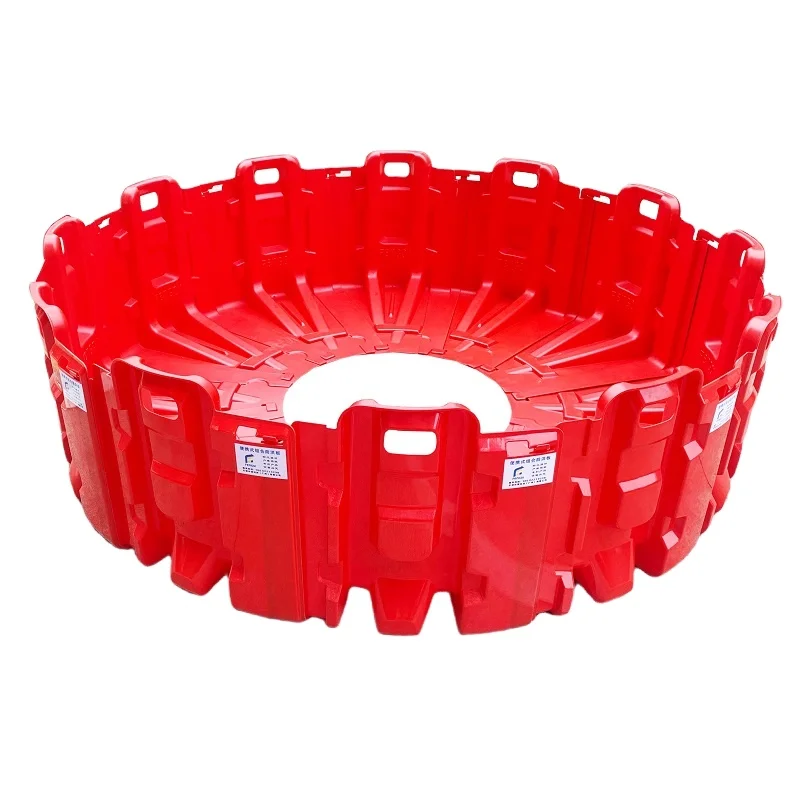
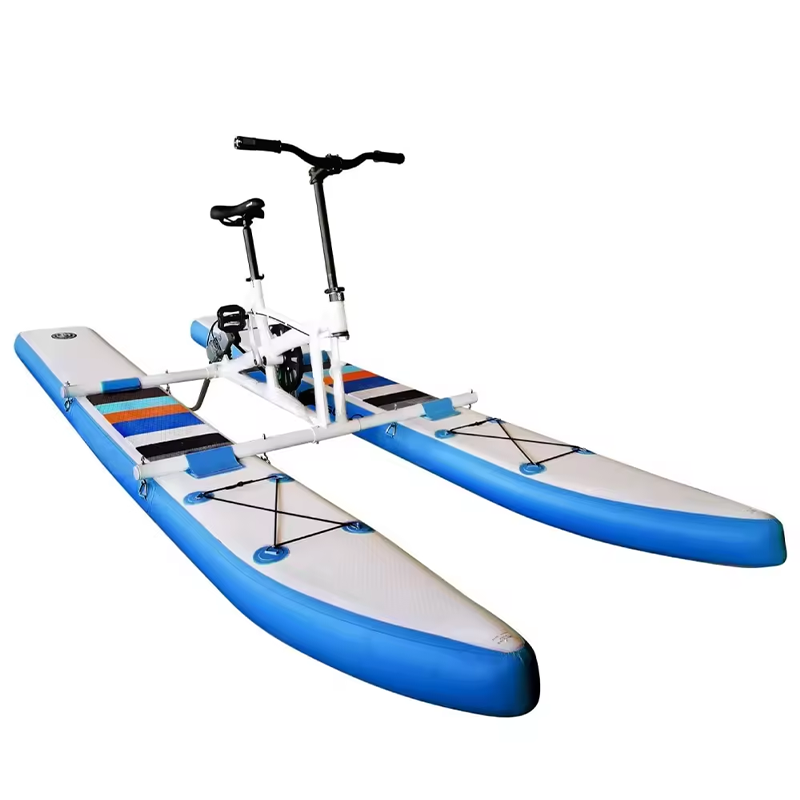
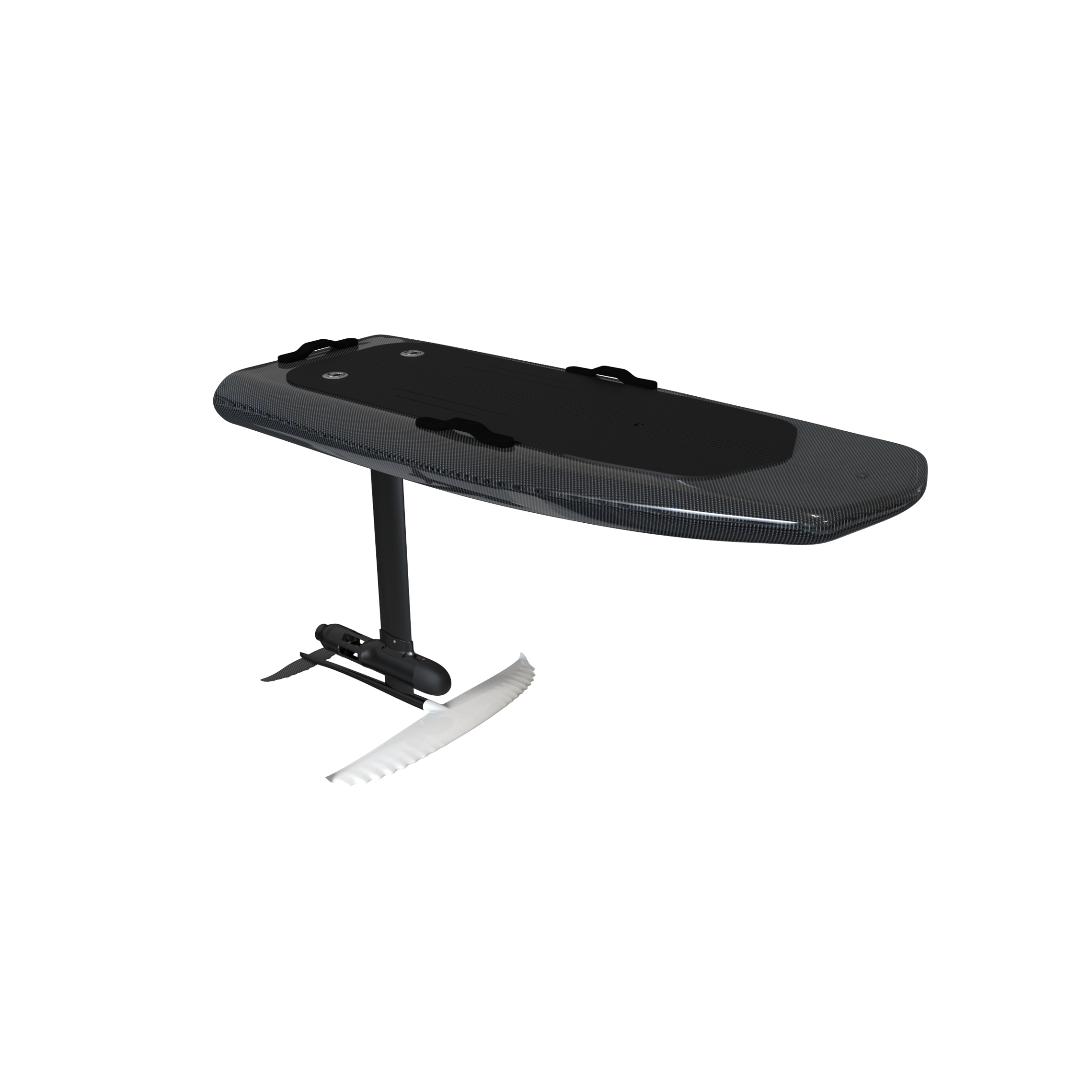
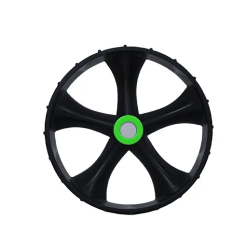
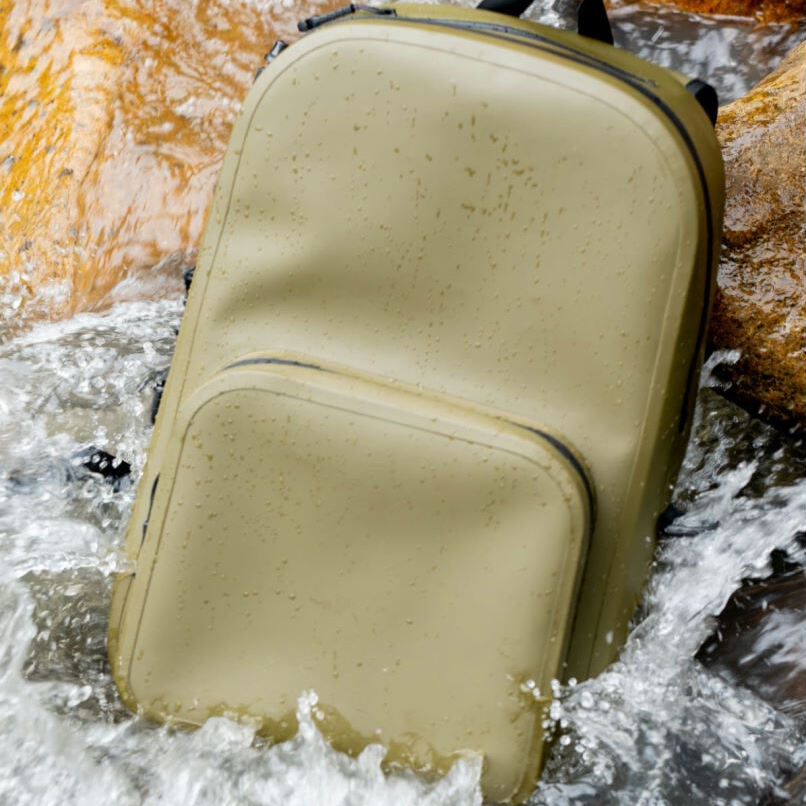

 Hot News
Hot News
